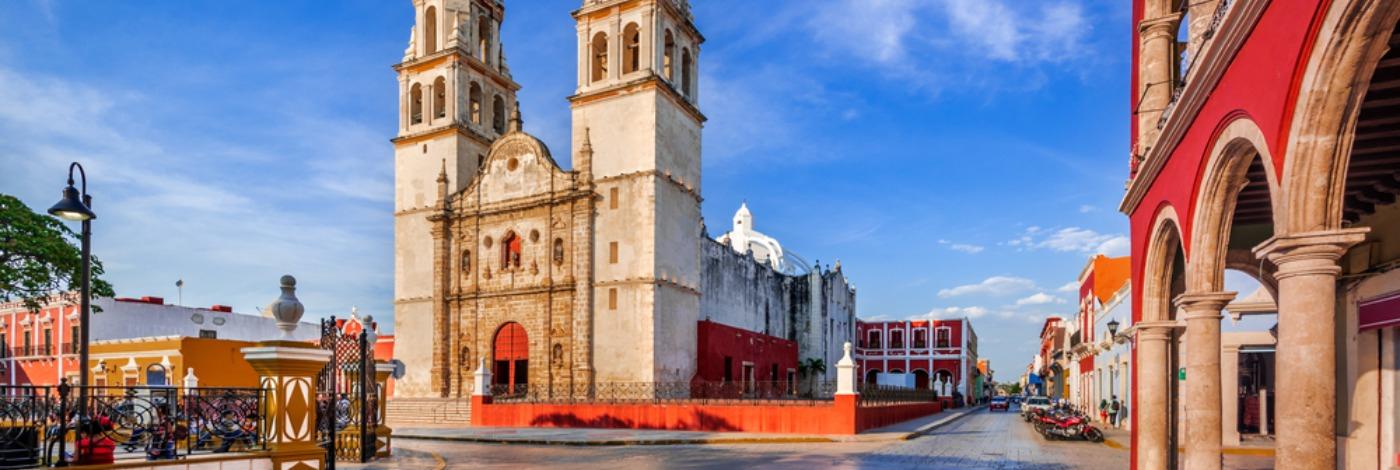
Campeche City
It's a marvel that Campeche is still one of Mexico's least-visited locations given that it has a fascinating maritime background, a UNESCO-listed core, and convenient access to numerous great things on the Yucatán peninsula. But for those tourists who do plan a trip to this incredibly old port, all the better. There are more than enough things to do in Campeche to justify a trip, whether it's strolling through the vibrant colonial streets or taking day trips to adjacent attractions. For the greatest results, continue reading.
History
Spanish conquerors established the Historic Fortified Town of Campeche, which is situated in the State of Campeche, in the 16th century in the Ah-Kim-Pech Maya region along the Gulf of Mexico. It was the most significant harbor at the time and was crucial in the conquest and evangelizing of Guatemala, Chiapas, and the Yucatan Peninsula. After Mérida, it was the second-largest town in the Gulf of Mexico due to its commercial and military significance.
In the second half of the 16th century, Campeche, like other Caribbean towns, was routinely attacked by pirates and corsairs working for Spain's enemies due to its port's importance on the sea route between Spain, Havana, Campeche, and Veracruz; as the point of embarkation for the natural riches of the peninsula; and political differences of the kingdoms of the old continent. As a result, a substantial defensive system was built. This military defense system was insufficient and poorly planned by the middle of the eighteenth century, so a new fortification, a hexagonal wall with eight bastions, four doors, and walls, was authorized. Construction on the wall began in 1686 and was finished in 1704.
The redoubts of San Jose on the east hill of the village and San Miguel on the west hill, as well as the batteries of San Lucas, San Matias, and San Luis, which are primarily in the area of historic monuments, at both ends and facing the sea, were subsequently built to complete the system of fortifications.
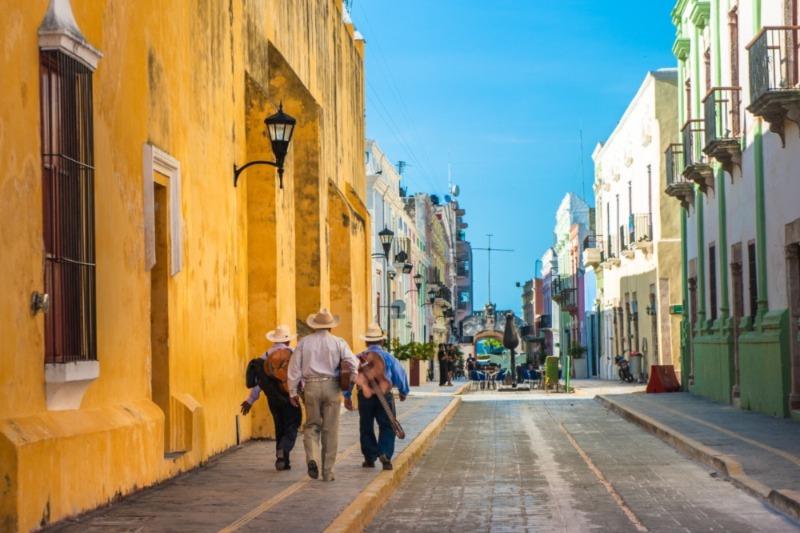
A City of Music and Dance — Explore the Cultural Side of Campeche
The city of Campechanos has many types of music, from jovial dances to passionate serenades.
Habanera Campechanita
This is a traditional Havana or Cuban chain dance. It dates back to 1861 and was performed in all of the salons at that time. It begins with the salt shaker movement that is distinctive of campechanos and ends with a zapateado.
The Fandango
They are a significant, traditional company that has been around since the 18th century and is still present in some areas.Due to the idea of disorder and commotion, it is interpreted in very vivacious and jovial ways. Instead of forming a couple or specifying who you dance with, everyone dances and zaps in confusion while being marked and challenged with heel strokes by the person who is closest to the other sex. It is composed in three-beat measure with a strong Spanish influence, although there is no information on its copla.
Arabic from Cuba
This zapateado dance is brief but extremely energizing. It is written in six eighths.It is always performed in a game of two couples or even numbers that evolves, is linked at the waist and performed with the free hand raised. It is repeated several times, ends with a powerful blow that displaces the audience, and is followed by a call for applause.
Discover the best Mexico Packages from here!
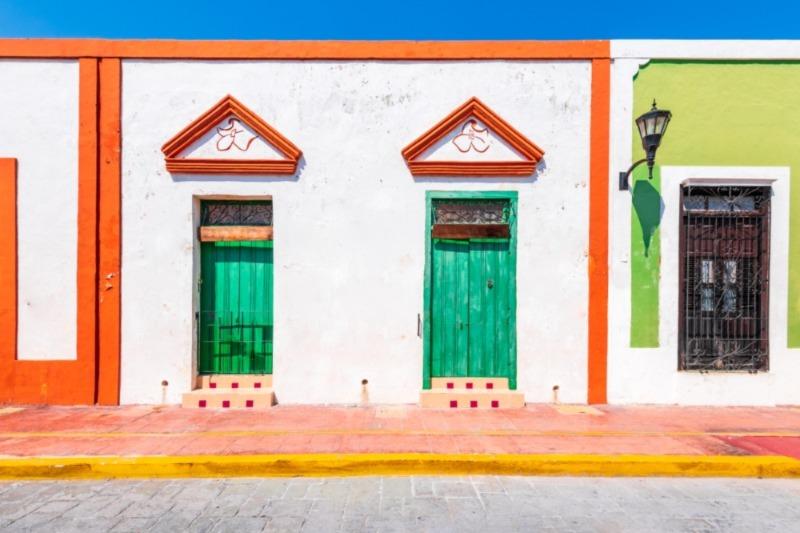
Places to See
Centro Historico
Start your trip to Campeche by walking through the city's UNESCO-listed historic district. It's one of the greatest things to do in Campeche since it provides a tranquil, small-town atmosphere that is lacking in many other well-known locations in the area.The picturesque churches and pastel-colored façade of Campeche Historic Center provide for the ideal photo backdrop. Early in the morning till midday is the finest time to tour the city. There isn't much shade in Campeche's historic core, and it becomes hot there in the afternoon.
Calle 59
Calle 59 is a bustling boulevard with colorful storefronts that is a part of Campeche's Historic Center. A great location for both eating and photo ops is Calle 59. This street comes alive in the evening with a wide variety of eateries, serving anything from pizza and pasta to authentic Mexican cuisine.
If you continue walking all the way down Calle 59, you will arrive to Malecon, which is a waterfront area. Along with connecting Puerta Del Mar and Puerta De La Tierra (Earth Door), this street (Sea Door).
Try the Variety of Meals
Everyone can find something to eat at one of the many restaurants in Campeche. Among other places, there are steakhouses, secluded cocktail bars, pizzerias, and modest cafes. For a tasty beverage and a fantastic view of the cathedral, visit Café Luan, Café Sotavento, La Parrilla Colonial, and Casa Vieja del Ro. The main restaurant district is on Calle 59, which is blocked off to traffic and has a lot of outdoor terraces. Without a doubt, pan de cazón is the dish that represents Campeche the most. It's made of tortillas with dogfish meat, and it has habanero chiles, tomato sauce, and bean sauce on top.
Malecon Campeche
One of the best free things to do in Campeche is to observe a vibrant sunset from the Malecon. Malecon is a 4 mile-long promenade that runs alongside the Gulf of Mexico. Along with the statue of the Bride of the Sea, you can also find a bright Campeche sign that makes the ideal backdrop for your photos here. El Malecon is a well-liked location for jogging, biking, and walking. It's a great place for exercise and people-watching because there are usually a lot of people around.
Old City Walls of Campeche City
Following the conquest of a Mayan settlement in the region, the Spanish conquistadors founded Campeche. However, Campeche was frequently assaulted by pirates as a result of its location near the Gulf of Mexico. The largest pirate attack in history was the Sack of Campeche, which took place in 1663. After it occurred, the King of Spain gave the order to build Campeche's walls as a means of protecting the city. Building Campeche's perimeter walls took more than 50 years. Since the 2-kilometer-long wall was built, there haven't been any significant pirate raids on the city.
Hacienda
Book a room at a Hacienda Campeche is home to a number of magnificent haciendas, or former colonial homes that have been transformed into lodging. The Hacienda Puerto Campeche, which is located near the "Puerta de Tierra" along Calle 59, is among the most stunning hotels in Campeche city. It has magnificent decor and overwater hammocks, making it one of the most exquisite hotels I've visited in Mexico. Make a reservation to experience this amazing location! Another choice is the Hacienda Uayamon, which is located 30 minutes outside of Campeche.
Xmuch'haltn Botanical Garden
The Santiago Bastion contains the Xmuch'haltun Botanical Garden. The Mayan phrase for this garden's name is "water that springs from the earth." Explore the garden's various tropical flora to learn more about them. While some of the plants you may find here are utilized to make traditional Mayan remedies, others are also used for domestic reasons like fabric coloring.
Isla Aguada
One of the best off-the-beaten-path vacation spots on Mexico's Yucatan Peninsula is Isla Aguada. Isla Aguada, which lies close to the bridge over the Laguna de Termino, translates to "watered island."
The 2-hour excursion that takes you to various locations in the Laguna de Termino where you may see dolphins swimming around is this small village's primary attraction. The cruise provides one of the best opportunities for animal viewing on the Yucatan Peninsula, and a private boat may be rented for less than $50 per person. These cruises are offered by local fishermen along the Isla Aguada Malecon.
In the midst of the lagoon, there is a picturesque sandbank where you can take pictures.
Does Campeche Worth It?
Campeche city is a true treasure. I urge you to take the chance to learn more about this colonial city, which is still relatively unknown to most tourists and is rich in charm and history. The town is home to colonial structures, a stunning plaza, and deserted beaches. If you want to cut some costs, it's also the ideal vacation spot. Campeche ought to be on your travel itinerary if you enjoy a mix of a vibrant culture, welcoming locals, and affordable costs.
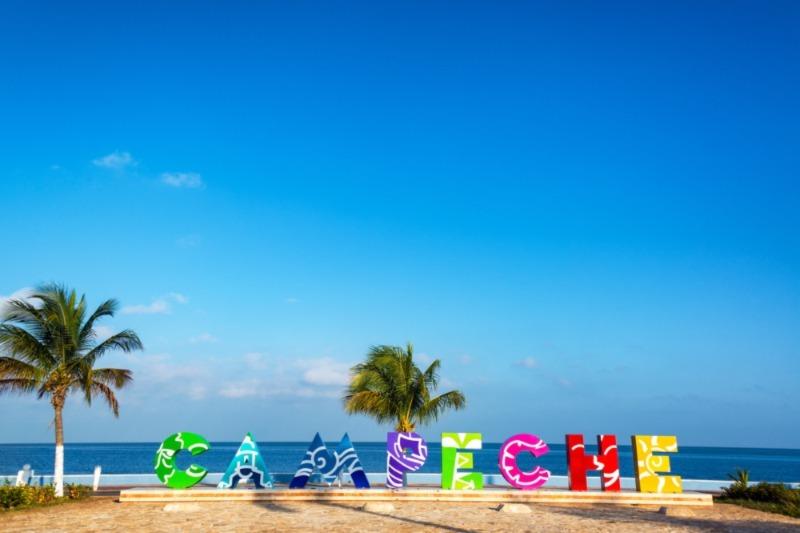
The Best Time to Campeche, Mexico?
The months of October through December are the ideal times to travel to Campeche city. When the rainy season is ended but the bustling winter season hasn't yet begun, it's called the shoulder season. I had a nice time in Campeche when I went there in late September because it was peaceful and lodging and rental vehicle rates were extremely reasonable.
Check out our most popular Mexico packages from here!
related tours
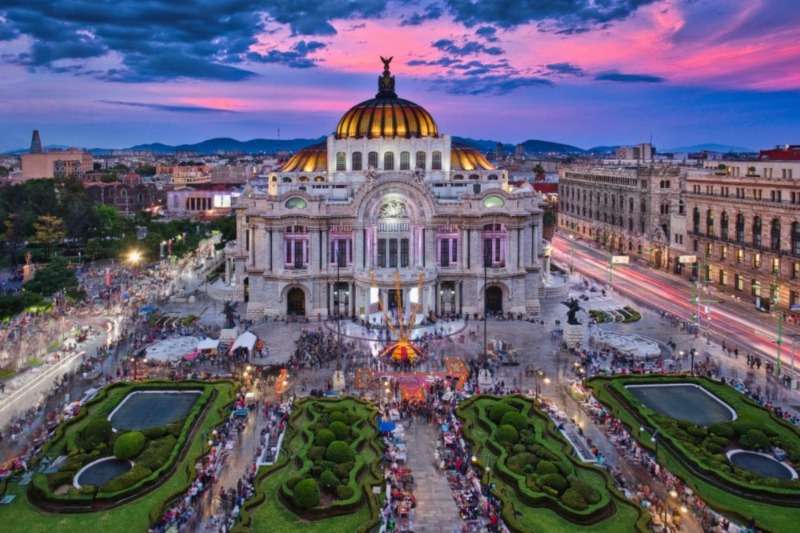
11-Day Vacation in Mexico
11 Days / 10 Nights
From
$ 2889

11-Day Vacation in Mexico
11 Days / 10 Nights
From
$ 2889

11-Day Vacation in Mexico
11 Days / 10 Nights
From
$ 2889

11-Day Vacation in Mexico
11 Days / 10 Nights
From
$ 2889
